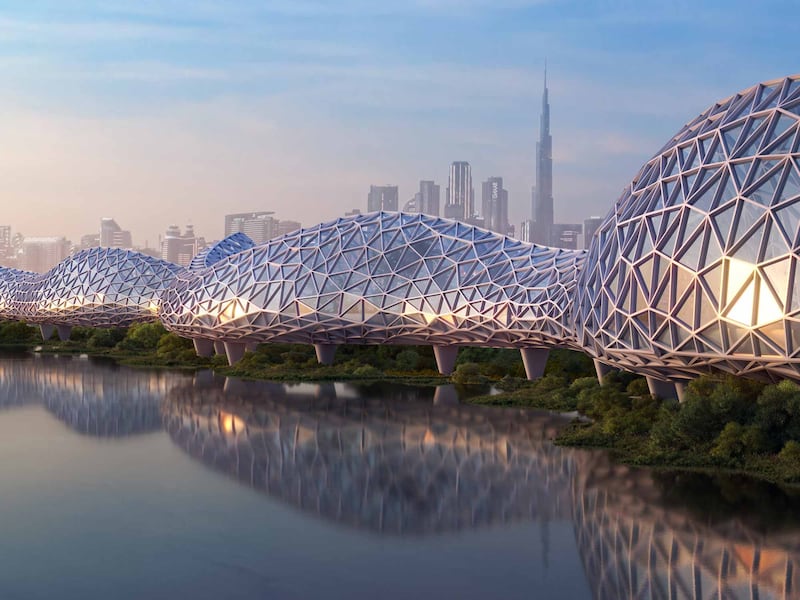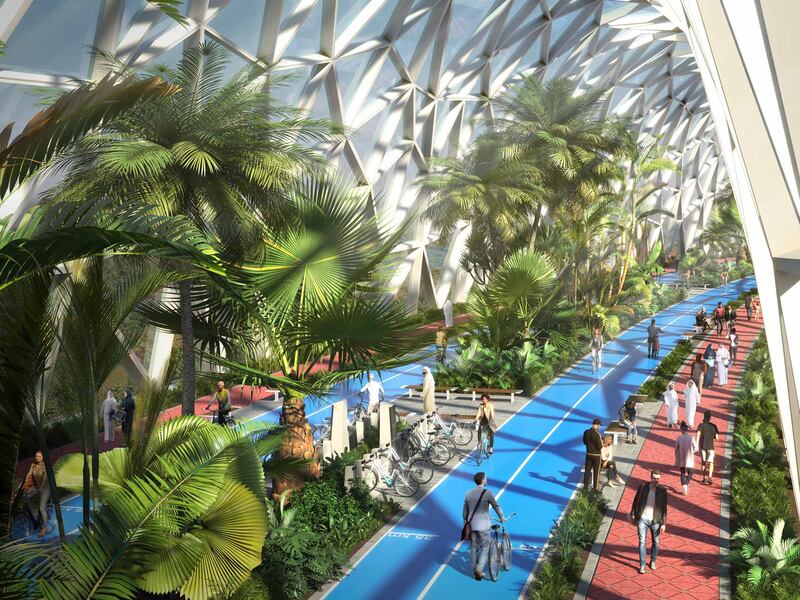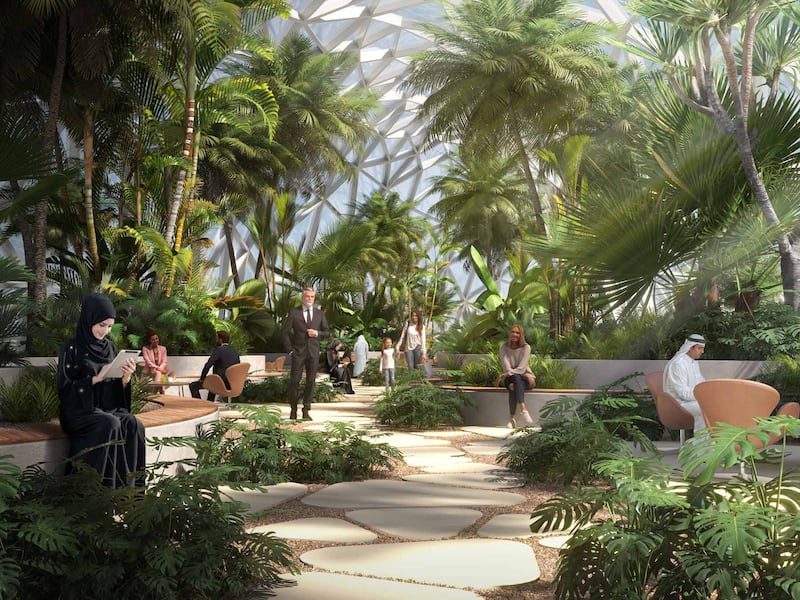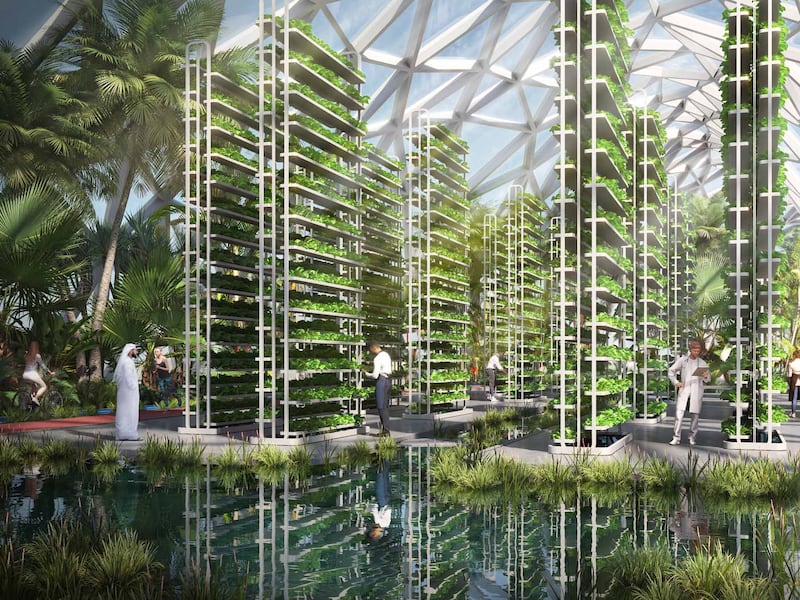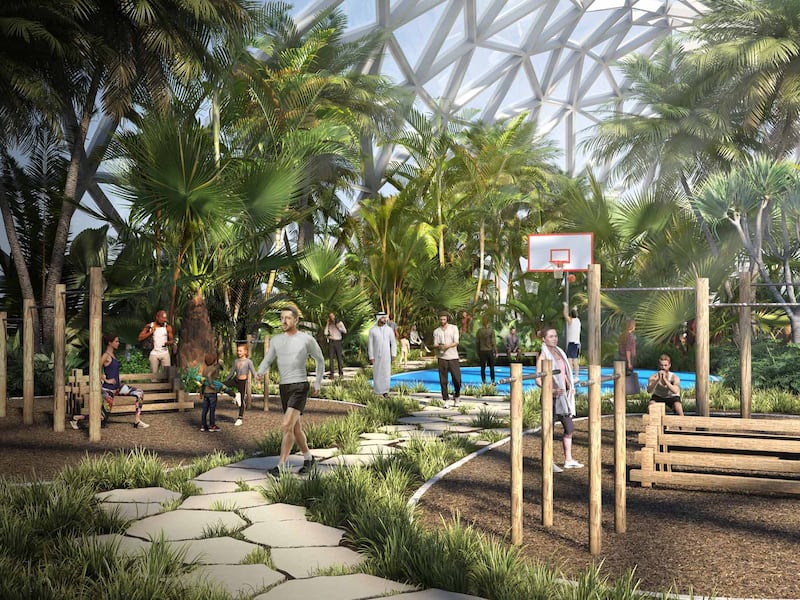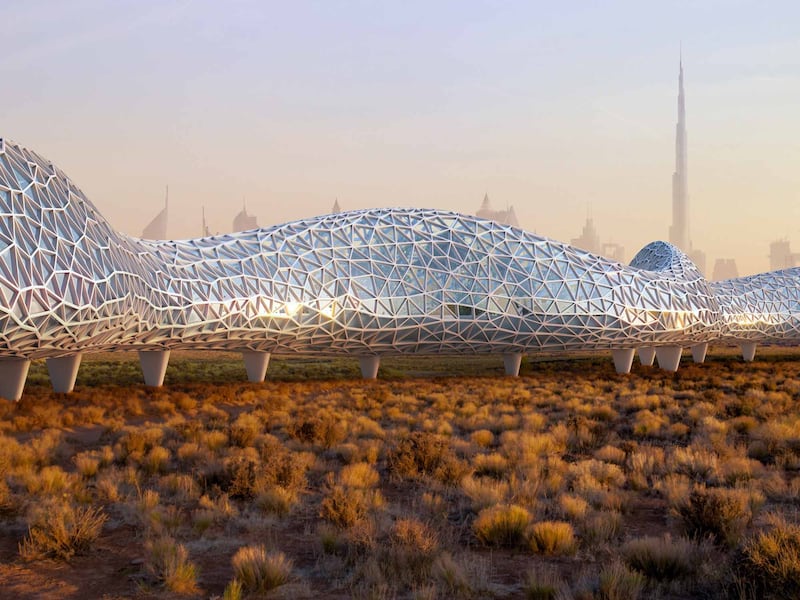Plans for what would be the world’s largest coastal regeneration project have been revealed in Dubai.
If it eventually goes ahead and is completed, Dubai Mangroves would become a 72km stretch of regenerated coastline and home to 100 million planted mangrove trees, developer URB has announced.
The project, currently in the design and research stage, aims to enhance Dubai’s marine biodiversity, transform the appearance of its coastline and create 10,000 eco-tourism jobs. The developer said the project would also boost Dubai’s seagrass beds and coral reefs.
Research is currently continuing across six pilot zones in Dubai. These are Jebel Ali Beach, Dubai Marina Beach, Jumeirah Public Beach, Umm Suqeim Beach and Dubai Islands Beach. Each location has been selected “based on their unique challenges, potential for community benefits, and suitability for urban integration”, a representative for URB told The National. “Each site offers distinct conditions that are essential for testing different innovative coastal regeneration methods and ensuring the project adapts to varying local needs.”
If the project is approved and realised, Dubai Mangroves would also consist of pocket beach parks and social spaces where people would be able to enjoy the natural scenery. Cycling paths, running tracks and beach sports facilities are also part of the plan.
The plan includes green coastal zones, where guided nature walks would be on offer. A Mangrove Visitor Hub is planned as a place where the local community would be able to engage in environmental issues. The Hub and a Nature Reserve Conservation Centre, meanwhile, would be places where visitors could learn more about mangrove trees and environmental stewardship.
At the heart of the project is a Botanical Museum. It would guide visitors through interactive exhibits that narrate the story of plant evolution and adaptation, with exhibits on coastal protection, climate change and biodiversity. The glass-domed museum would also be a place for community engagement, with workshops, events and seminars aimed at inspiring a generation of environmental stewards.
Known for their ability to sequester carbon dioxide, the mangroves would be able to remove 1.23 million tonnes of CO2 a year, according to the developer. That is the equivalent of taking more than 260,000 petrol-powered cars off the road.
URB – the same developer behind The Loop, a climate-controlled, sustainable 93km cycling and wellness motorway planned for Dubai – is masterminding the project and says it could be ready by 2040.
Technology is a key part of the Dubai Mangroves project, with drones being utilised for reforestation and satellite imagery. URB said artificial intelligence would be used to monitor the mangrove forests and guide conservation efforts.
Dubai Mangroves was initially a part of Dubai Reefs, which was announced by URB last year. The project has now evolved into its own initiative. “Although separate, both initiatives complement each other and share connected objectives”, confirmed a URB representative.











